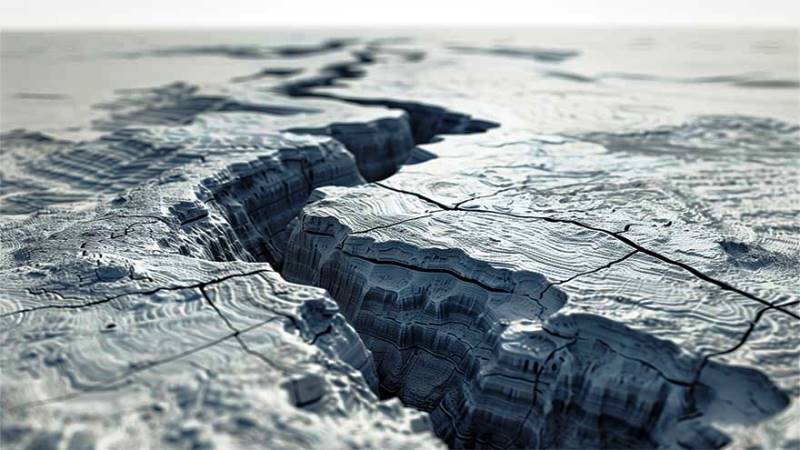A new artificial intelligence tool has identified more than 54,000 earthquakes at Italy’s Campi Flegrei volcano between 2022 and 2025, revealing previously hidden geological structures, including a distinct ring-shaped fault capable of triggering magnitude 5 earthquakes.
By precisely mapping these seismic events, researchers discovered a large, well-defined ring fault. The AI model detected tens of thousands of minor tremors that had gone unnoticed by traditional monitoring methods, providing an unprecedented view of the volcano’s subterranean structure.
“So far in 2025, Campi Flegrei has produced five earthquakes above magnitude 4, and the volcano has been showing signs of unrest since 2005,” said study co-author William Ellsworth, a professor emeritus of geophysics at Stanford University. “We’ve known that this is a risky place for a long time. Now we’re seeing for the first time the geologic structures that are responsible.”
Campi Flegrei has produced two of Europe’s largest eruptions over the past 40,000 years, with evidence suggesting an equally explosive earlier history. Scientists first recorded modern unrest at the volcano in the 1950s, but monitoring intensified in the 1980s after a swarm of 16,000 earthquakes prompted the evacuation of 40,000 residents.
To better assess current threats, Ellsworth and colleagues developed an AI system capable of identifying earthquakes that conventional methods missed. Traditional seismology relies on “phase picking” – visually identifying sudden increases in wiggles on seismograms representing ground motion.
“That’s a simple and often effective means of picking a phase, but it doesn’t ‘learn’ how to do it better so that it improves with time,” explained co-author Greg Beroza, a professor of geophysics at Stanford. “In our approach, we train a machine learning model to pick phases based on millions of examples where experts have done this already.”
The team prioritized Campi Flegrei due to the urgent need to understand its behavior. More than 360,000 people live within the volcano’s 7-mile-long caldera, with approximately 1.5 million residents in the broader area. Unrest has increased since 2018, and while no eruption appears imminent, violent or shallow earthquakes could endanger residents and damage infrastructure.
Findings published in Science reveal that traditional methods detected only 12,000 earthquakes between 2022 and mid-2025, while the AI tool identified approximately 54,000 – meaning three-quarters had gone undetected. The earthquake locations revealed previously unknown faults, including two converging beneath Pozzuoli, the town evacuated in the 1980s. According to Ellsworth, this fault configuration suggests “an earthquake in the magnitude 5 range is not out of the question.”














